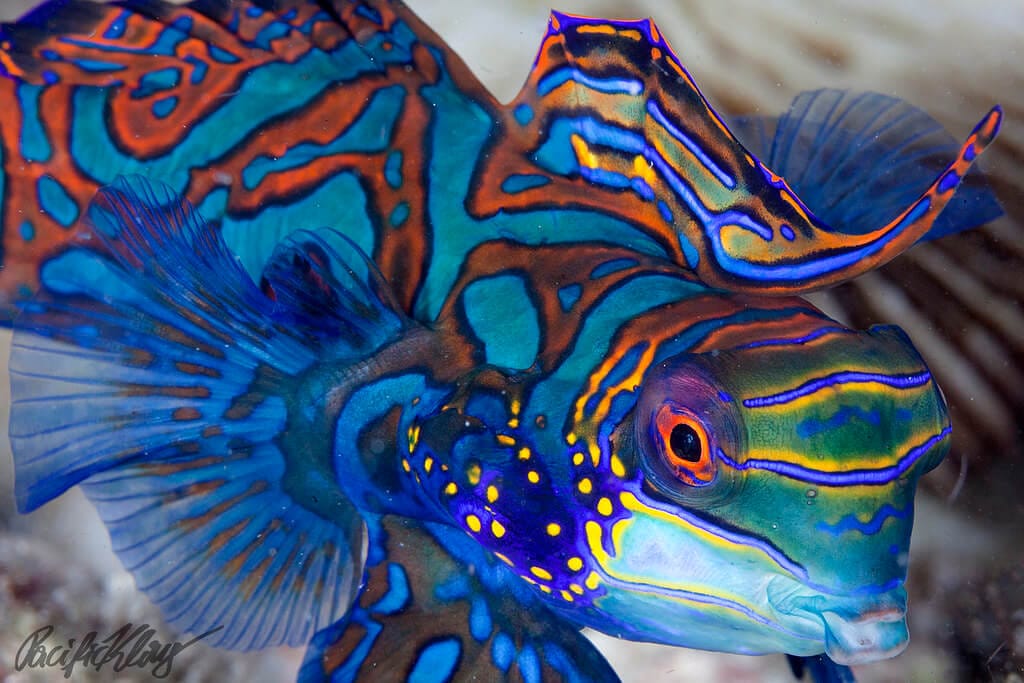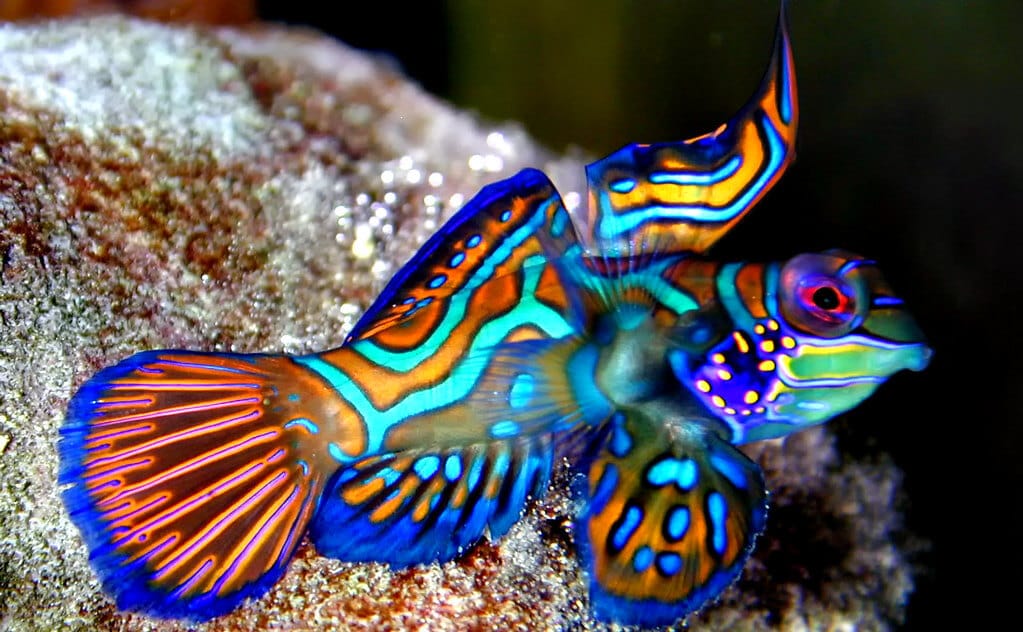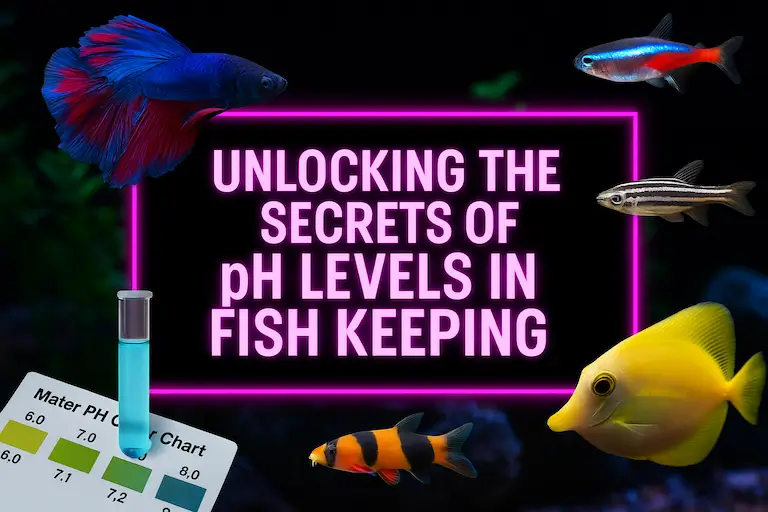Mandarin Dragonets in Your Reef Tank: Your Complete Beginner’s Guide
The Mandarin Dragonet, also known as the Mandarin Goby (though it’s not a true goby), is one of the most captivating species you can keep in a reef aquarium. With its vibrant colours and unique patterns, it’s a surefire way to add some dazzle to your tank. However, keeping a Mandarin Dragonet healthy and happy requires some know-how. This beginner’s guide will walk you through everything you need to know about caring for this exquisite fish.
Understanding Mandarin Dragonets
Before diving into care instructions, it’s crucial to understand what makes Mandarin Dragonets unique. These small, brightly coloured fish are known for their remarkable patterns and peaceful demeanour. Native to the Pacific, they thrive in coral reef environments, feeding primarily on small invertebrates.

Aquarium Requirements
Mandarin Dragonets require a well-established reef aquarium to thrive. Here are the key factors to consider:
– Tank Size: A minimum of 30 gallons is recommended, but larger is better. These fish need plenty of space to forage and exhibit natural behaviour.
– Water Conditions: Maintain high water quality with a temperature range of 75-80°F, specific gravity of 1.020-1.025, and a pH of 8.1-8.4. Regular water testing and changes are crucial.
– Environment: Create a reef-like environment with plenty of live rock and hiding places. This not only replicates their natural habitat but also supports a healthy population of copepods and amphipods, which are essential for their diet.
Diet and Feeding
Feeding is perhaps the most challenging aspect of keeping a Mandarin Dragonet. These fish primarily feed on live copepods and amphipods in the wild. In an aquarium, sustaining a sufficient population of these tiny crustaceans can be difficult. Here are some tips for feeding:
– Live Foods: Supplement their diet with live foods. Cultivating a refugium attached to your main tank can help sustain a population of copepods and amphipods.
– Prepared Foods: Some Mandarin Dragonets can be trained to eat frozen or prepared foods, but this can be a slow and challenging process. It’s essential to start with a healthy, well-fed fish.

When Is My Reef Ready for a Mandarin?
To ensure your tank has enough live food to sustain a mandarin (Synchiropus splendidus), follow these guidelines:
1. Observe the Tank’s Copepod Population:
• Regular Observation: Check your tank at night with a flashlight to spot copepods. A healthy mandarin diet primarily consists of these tiny crustaceans.
• Visible Presence: If you can see numerous copepods on the glass, rocks, and substrate, it indicates a healthy population.
2. Refugium Usage:
• Separate Refugium: Set up a refugium that houses copepods and macroalgae. This helps maintain a steady copepod population that can overflow into the main tank.
• Regular Transfers: Periodically transfer copepods from the refugium to the main tank to replenish the population.

3. Mandarin’s Behaviour and Health:
• Active Foraging: Observe your mandarin’s behaviour . It should be actively foraging throughout the day.
• Healthy Appearance: A well-fed mandarin will have a rounded belly and display vibrant colours.
4. Supplemental Feeding:
• Culturing Copepods: If natural populations seem insufficient, consider culturing copepods separately and adding them to the tank.
• Commercial Foods: Some mandarins accept frozen or prepared foods, but this is less common. Trying these foods can help if your copepod population is temporarily low.
5. Tank Size and Maturity:
• Tank Maturity: Ideally, your tank should be mature (at least 6 months to a year old) to ensure a stable microfauna population.
• Tank Size: Larger tanks (50 gallons or more) typically support larger and more stable copepod populations.
6. Regular Assessments:
• Regular Checks: Periodically assess copepod populations and mandarin health to ensure there is a continuous food supply.
By consistently monitoring these aspects, you can ensure your mandarin has enough live food to thrive in your tank.
Compatibility and Care
Mandarin Dragonets are peaceful fish that get along well with most reef-safe species. However, they should not be kept with aggressive feeders that might outcompete them for food. Here are a few additional care tips:

– Slow Acclimation: These fish are sensitive to changes in water parameters, so acclimate them slowly to your tank.
– Observation: Keep a close eye on your Mandarin Dragonet during the first few weeks, paying particular attention to its feeding. If it’s not eating well, you may need to adjust its diet or feeding strategy.
– Tank Mates: Choose tank mates carefully to avoid competition for food and aggression.
Conclusion
Keeping a Mandarin Dragonet can be a rewarding experience for any reef aquarium enthusiast. While they do require more care and attention than some other species, their stunning appearance and fascinating behaviour make the effort worthwhile.
By providing a suitable environment, ensuring a proper diet, and maintaining high water quality, you can enjoy the beauty of a Mandarin Dragonet in your aquarium for years to come.
Remember, the key to success with Mandarin Dragonets, as with any marine species, lies in preparation and ongoing commitment to their well-being. Happy reefing!








